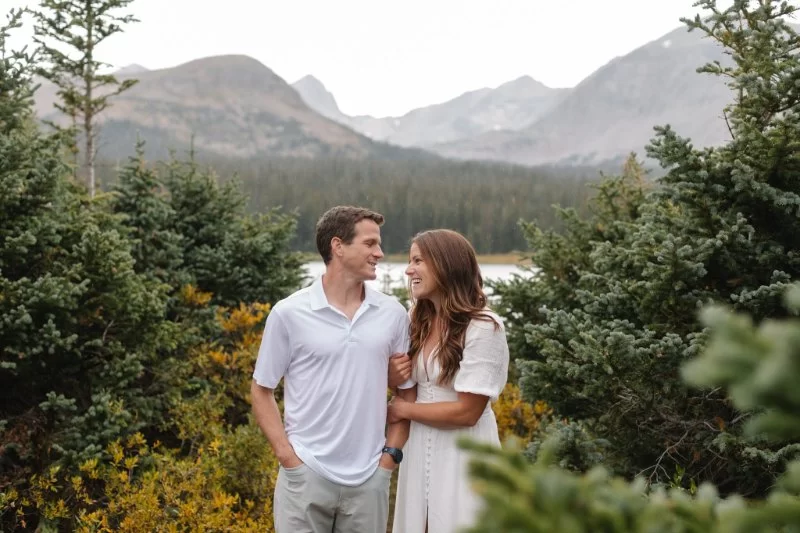
- Timing-Matters-Colorado-Seasons-and-Light
- Iconic-Locations-You-Cant-Miss
- Gear-Up-for-Altitude-and-Terrain
- The-Ethics-of-Shooting-in-Colorado-Wilderness
- Local-Tips-from-Colorado-Photographers
- Where-to-Plan-Your-Trip-Right
1. Timing Matters: Colorado Seasons and Light
Colorado’s dramatic beauty shifts drastically with the seasons, making timing essential for landscape photography. Summer offers lush alpine meadows and vivid wildflowers in spots like Crested Butte, while fall brings gold-drenched aspen groves that draw photographers from across the globe.
Photographer Natalie R., who specializes in mountainous terrain, shared her preference for early October. “There’s a two-week window where Kebler Pass turns gold. Blink, and it’s gone,” she explained. Light also behaves differently at higher elevations, with golden hour sometimes arriving earlier than expected. Planning around the sun’s path can make or break your shot.
To help you match season, light, and lens perfectly, Travel Clans offers curated planning tools and trip gear recommendations that adapt to Colorado’s unique terrain.
2. Iconic Locations You Can’t Miss
Whether you’re a seasoned photographer or just starting out, Colorado offers some of the most photogenic sites in North America. But not all are equal in accessibility, timing, or uniqueness.
Maroon Bells is one of the most photographed mountains in the United States—and for good reason. Arrive before 6 a.m. in summer and you’ll catch the alpenglow as it kisses the peaks. That said, permits and shuttle logistics make planning essential.
For something less crowded, head to Great Sand Dunes National Park. Its surreal textures at dusk or under a starry sky offer a palette unlike anything else in the state. Photographer Jonah L. captured the Milky Way here in early September and called it “the most alien-like shoot” of his career.
Other notable sites include the Garden of the Gods, Crystal Mill, and Telluride’s Bridal Veil Falls—all offering different backdrops depending on the time of year and time of day.
To explore the best time slots, access routes, and lesser-known angles of these locations, Travel Clans provides destination insights created specifically for travel photographers.
3. Gear Up for Altitude and Terrain
Capturing the Rockies isn’t just about bringing your favorite lens—it’s about survival and stamina. With altitudes exceeding 10,000 feet in many shoot locations, your gear and your body need to be ready.
Bring extra batteries, as they drain quickly in cold air. Consider a lightweight tripod for windy ridgelines and always have a lens cloth handy—dust and snowflakes are frequent uninvited guests. For drone photographers, note that many parks have restrictions, and wind shear can be unpredictable above the treeline.
Professional shooter Amy K., who documents trail systems for tourism boards, recommends always packing protein snacks, water purifiers, and a weather-sealed bag. “If your camera goes down two miles up, that’s a long way to hike just for a memory,” she jokes.
At Travel Clans, we help you find not only the right photographic gear but also the hiking and safety equipment to make your expedition productive and safe.
4. The Ethics of Shooting in Colorado Wilderness
With increasing traffic to Colorado’s wild places comes a growing need for responsible photography. “Leave No Trace” isn’t just a hiker’s motto—it applies just as much to photographers.
Trampling wildflowers for the perfect angle or stepping off designated trails in fragile ecosystems can have long-lasting consequences. And drone use, while tempting, disturbs wildlife, especially during nesting seasons. Respect signage, wildlife boundaries, and local ordinances at all times.
A 2023 incident at Hanging Lake, where influencers were fined for stepping into the fragile lakebed for selfies, raised serious concerns about outdoor ethics in Colorado. Let’s not be part of the problem.
At Travel Clans, we advocate responsible travel and photography. Our guides include ethics tips and compliance checklists for each recommended destination.
5. Local Tips from Colorado Photographers
Sometimes, it’s the locals who unlock the real magic. Colorado-based photographer Emily Vaughn shared her go-to method: “Skip sunrise at the hotspots and go for misty mornings in open meadows. Fewer crowds, better mood.”
Aspen photographer Mike D. recommends catching reflections after afternoon thunderstorms, especially in areas like Twin Lakes or Lake Isabelle. “The clouds break around 5 p.m. and give you that insane layered light photographers dream of,” he noted in a recent blog post.
These insights don’t always make it to major travel sites, which is why Travel Clans compiles community-based advice into destination guides written from a photographer’s perspective.
6. Where to Plan Your Trip Right
Colorado is vast—mountains, deserts, plains, and lakes spread across miles of winding roads and remote towns. Knowing how to group your shoot locations and build time into your day for light, weather, and altitude transitions is critical.
Apps like Gaia GPS help with trail navigation, but real success comes from planning your route based on lighting conditions and overnight stays. For example, pairing a sunset shoot at Rocky Mountain National Park with a dawn mission to Trail Ridge Road requires sleeping nearby—and knowing where to charge gear and grab coffee before the light hits.
For multi-day adventures, Travel Clans offers prebuilt photography road trip maps that include overnight suggestions, gear checks, and location prep tips based on time of year.

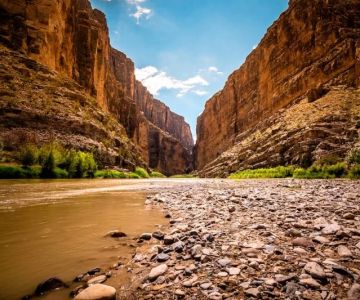
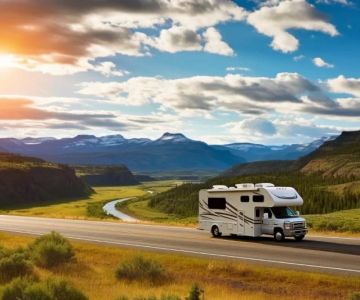
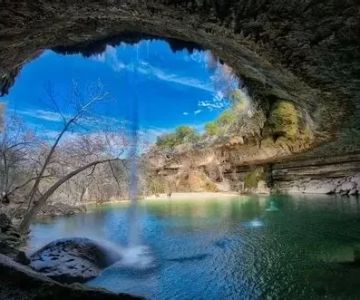

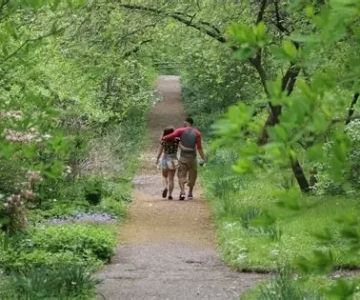
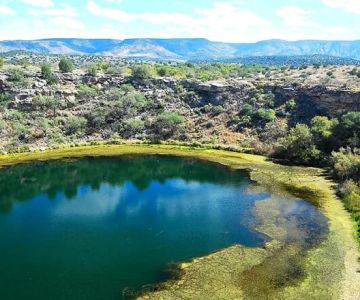
 Coney Island Boardwalk Garden4.0 (75 reviews)
Coney Island Boardwalk Garden4.0 (75 reviews) The William Hotel Midtown, Sonder4.0 (555 reviews)
The William Hotel Midtown, Sonder4.0 (555 reviews)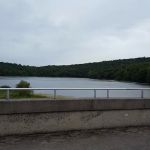 Shepard Lake Recreation Area0.0 (0 reviews)
Shepard Lake Recreation Area0.0 (0 reviews) Stairway To Heaven4.0 (185 reviews)
Stairway To Heaven4.0 (185 reviews) Howard Bennett Playground4.0 (152 reviews)
Howard Bennett Playground4.0 (152 reviews) Isle of Meadows4.0 (10 reviews)
Isle of Meadows4.0 (10 reviews) Top Group Travel Destinations in Europe: Best Places for Group Vacations
Top Group Travel Destinations in Europe: Best Places for Group Vacations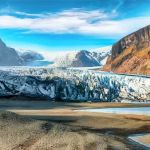 Best Travel Clans for Sustainable Travel
Best Travel Clans for Sustainable Travel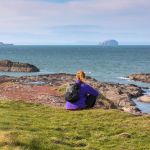 How to Get Involved in Travel Clans for Social Travel: Explore Group Travel Opportunities
How to Get Involved in Travel Clans for Social Travel: Explore Group Travel Opportunities Best Group Vacation Destinations for Friends: Ultimate Travel Ideas
Best Group Vacation Destinations for Friends: Ultimate Travel Ideas Travel Clans for Solo Travelers Looking for Company: Join Unique Travel Communities
Travel Clans for Solo Travelers Looking for Company: Join Unique Travel Communities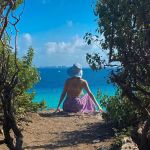 Best Travel Clans for Women Traveling Together
Best Travel Clans for Women Traveling Together